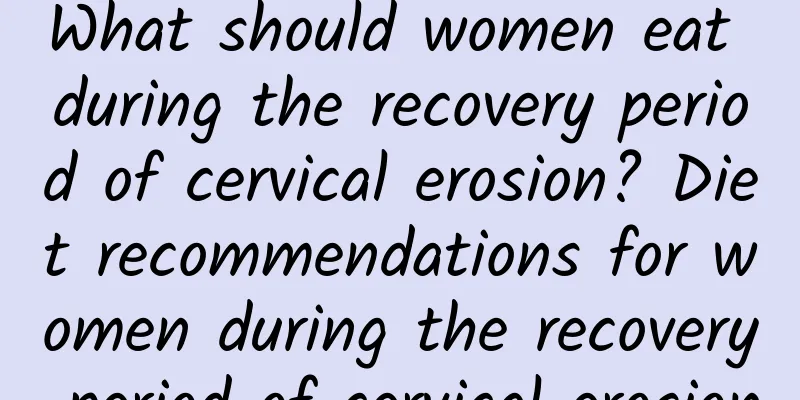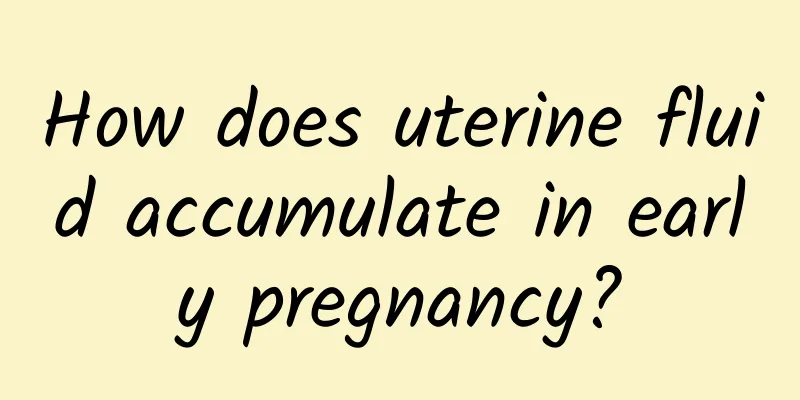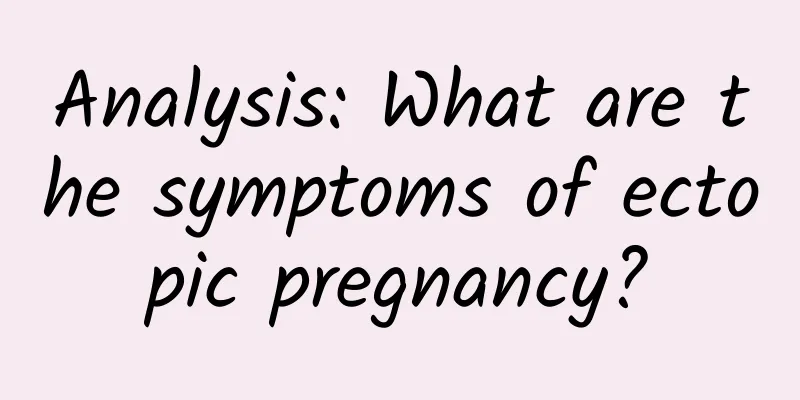Dysfunctional uterine bleedingDysfunctional uterine bleeding causes

|
Dysfunctional uterine bleedingDysfunctional uterine bleeding causes Dysfunctional uterine bleeding is caused by dysfunction of the endocrine axis rather than organic lesions of the reproductive organs, and is characterized by abnormal uterine bleeding with menstrual disorders. Long-term bleeding and severe hemorrhagic shock may occur, even threatening life, but it is also critical to infertility, rather than affecting it. Common causes 1. Systemic factors This factor mainly includes adverse mental trauma, stress, malnutrition, endocrine and metabolic disorders such as iron deficiency, anemia, aplastic anemia, blood diseases and bleeding diseases, diabetes, and thyroid and adrenal diseases. 2. Dysfunction The main causes of this disease include disorders in the rhythm of reproductive hormone release, feedback dysfunction, ovulation and corpus luteum dysfunction. 3. Iatrogenic factors Normal hypothalamic-pituitary-gonadal axis function is disturbed by steroid contraceptives and intrauterine devices. Some systemic diseases, especially those of the psychiatric nervous system, can affect normal menstrual function through neuroendocrine mechanisms. 4. Uterus and endometrium These include abnormalities in the structure and function of spiral arterioles and microcirculatory vascular beds, dysfunction of endometrial steroid receptors and lysosomes, abnormalities in local coagulation mechanisms, and dysregulation of prostaglandin secretion. Predisposing factors Polycystic ovary syndrome This is the main cause of functional uterine bleeding in women. This disease is mainly manifested by increased androgen levels in women, which in turn causes problems such as hirsutism, acne and obesity. Hirsutism is a typical manifestation of increased androgen. In addition to the increase in hair on the limbs, a more characteristic feature of Asians is the presence of hair longer than sweat hair on the areola or under the navel. Even if there is only one hair, it has diagnostic significance. |
<<: Clinical examination of endometrial polyps
>>: There are several specific misunderstandings about pelvic inflammatory disease
Recommend
What medicine can I use to treat premature menopause caused by uterine fibroids? Is premature menopause caused by uterine fibroids good?
Uterine fibroids are one of the most common benig...
How does traditional Chinese medicine treat cervical erosion? What are the symptoms of cervical erosion in women?
What are the symptoms of cervical erosion in wome...
What are the harms of pelvic peritonitis to the body
Many female friends have suffered from pelvic per...
What are the symptoms of enlarged uterine fibroids? What will happen if the uterine fibroids are enlarged?
What are the symptoms of enlarged uterine fibroid...
Do I still need to do TCT and HPV after menopause?
TCT is the abbreviation of liquid-based thin-laye...
Can I eat bananas if I have pelvic inflammatory disease? People with renal dysfunction should not eat bananas
In fact, pelvic inflammatory disease generally do...
No painless abortion surgery is absolutely safe.
If effective contraception is not used, there are...
Irregular menstruation is caused by neuroendocrine disorders
Irregular menstruation is a very common disease i...
What is the common care for vulvar leukoplakia?
The occurrence of vulvar leukoplakia is very comm...
What should pregnant women do if they have uterine fibroids? Can you still give birth if you have uterine fibroids during pregnancy?
Pregnancy is a happy thing in a woman's life,...
What should women pay attention to when cervical erosion is prone to recurrence? 6 measures to prevent cervical erosion should not be relaxed
In life, gynecological inflammation is not scary....
What are the symptoms of subcapsular fibroids? What does it mean that the uterine fibroid capsule is intact?
What are the symptoms of subcapsular fibroids? Wh...
Exercise will get rid of the puff tribe! 6 ingredients to help burn fat
Are you a puff person who is thin on the outside ...
Is it difficult to get pregnant with adenomyosis? Will it cause infertility?
It is difficult to get pregnant with adenomyosis....
Can I eat bean sprouts after endometrial polyp surgery?
Can I eat bean sprouts after endometrial polyp su...









